The Carapuça: A Symbol Worn With Pride
In Madeira, the Carapuça remains one of the island’s most recognisable cultural symbols. This small woollen cap, traditionally in blue color, with an upright "pigtail" tip, is much more than a costume piece. It carries the story of a people, shaped by labour, land, and the need to remember who they are.
This type of headwear—let’s call it a hat—emerged at the end of the 18th century. Until 1782, there’s no concrete evidence of it. It is believed that before the carapuça, people wore “a red or blue woolen cap.” According to some ethnographers, the carapuça has links to Greek headdresses, medieval hoods, Semitic origins, Arabesque and Eastern motifs, and customs of certain Portuguese communities.
From Rural Life to Cultural Identity
The Carapuça likely took shape in the 18th or 19th century, at a time when rural Madeirans worked long hours in fields and pastures. The cap formed part of a larger traditional outfit worn by men but also by women - a practical uniform adapted to mountainous landscapes and sunny days. Wool was the most common material, with deep red and blue colors, preferred for their visibility and symbolism.
While the origin date is unclear, it is widely agreed that the Carapuça developed as a functional item before becoming part of a ceremonial and cultural tradition. The name comes from older Portuguese, meaning “hood” or “cap,” but the Madeiran version stands out with its single pointed tip.
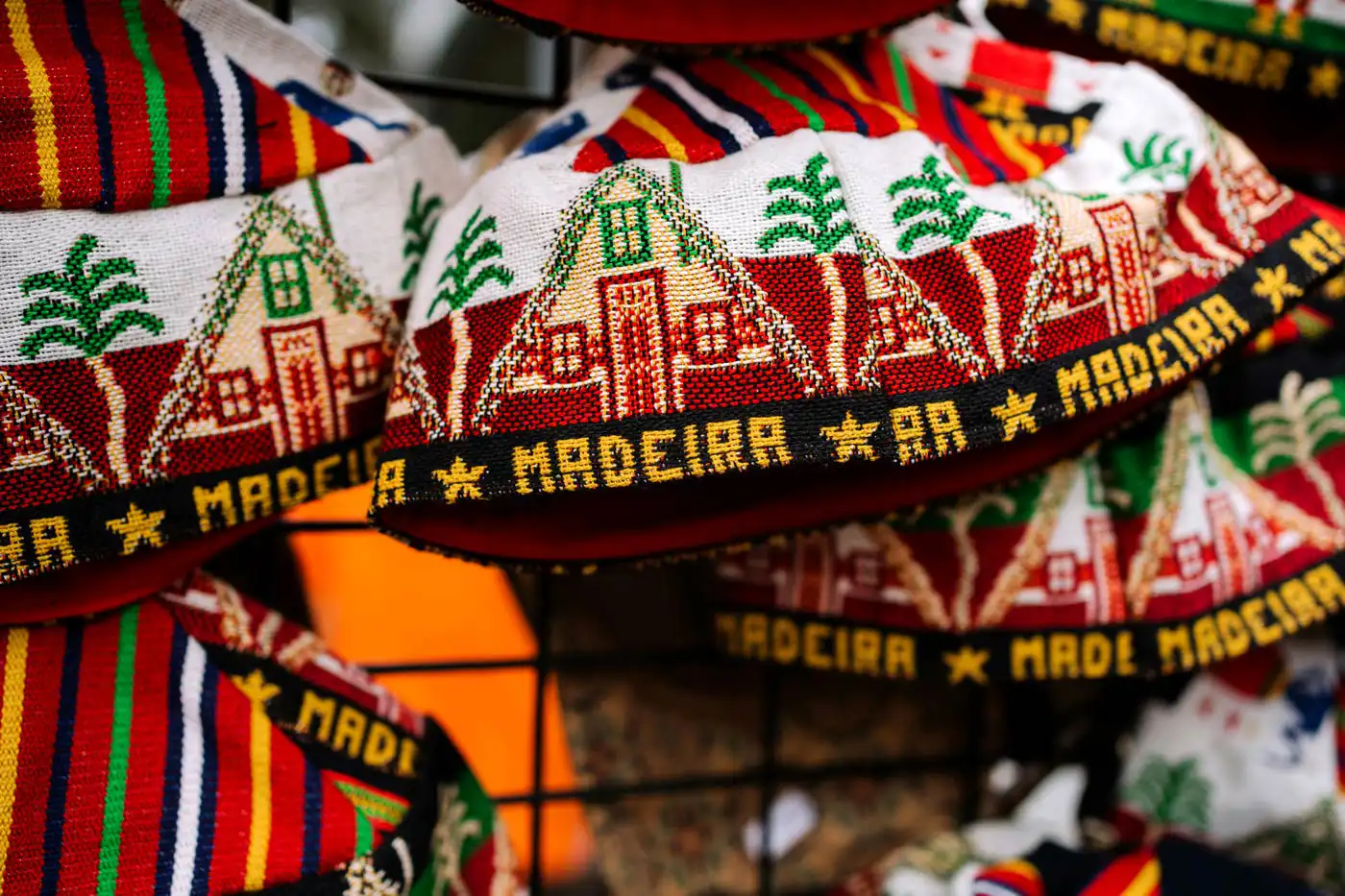
Design That Tells a Story
A close look at the Carapuça reveals a lot about its purpose and evolution. Its tight fit helps keep it in place during dance, and the upright tip may have started as a practical way to keep hair tidy, though many now see it as a visual symbol of strength or individuality. Indeed, unlike other hats, it mainly serves as a fashionable accessory rather than providing protection from snow or wind.
The design evolved with time, becoming more decorated and stylised as it moved from fieldwork to festival. For some, the pointed top represents Madeira’s volcanic peaks. For others, it’s simply a playful, even ironic, touch - a reminder that tradition can carry humour as well as dignity.
The Carapuça and the Bailinho
Today, the Carapuça is best known as part of the traditional costume worn during the bailinho da Madeira, a local folk dance that mixes music, movement, and storytelling. The bailinho itself is more than entertainment. It’s an act of memory, often showing scenes of rural life, family, flirtation, and community pride. By wearing the Carapuça during such events, performers keep a direct connection with past generations.
In the parish of Santana, in 1895, Canon Vaz witnessed “the funeral of the last two carapuças.” In neighboring São Jorge—always contrasting with Santana in its lively spirit—the Carapuça was never used. Instead, the “workers” wore wool caps, and the “farmers” used “dark fabric caps with shiny visors.”
Beyond Costume: A Living Symbol
Outside of performances, the Carapuça appears in many parts of Madeiran life. It can be found on dolls, souvenir items, local posters, and even in schoolbooks used to teach regional history. Interestingly, the cap also has a place in local language. The expression “pôr a carapuça” is used when someone "takes something personally" or "eels guilty or targeted". This shows how deeply the item has become part of everyday thinking and humour.
The Carapuça gradually became less popular in the later parts of the 19th century. Women began wearing scarves and mantillas instead, while men started wearing clothing like the “ear cap” (Barrete de Orelhas).
What the Cap Means Today
In modern Madeira, where tourism, technology, and urban life are growing, the Carapuça remains a quiet but powerful marker of identity. It’s not worn every day, but when it is - during parades, performances, or teaching moments - it sends a clear message: this is a place with deep roots and its own way of being.
Younger generations may not work the land as their ancestors did, but many still dance the bailinho, learn the songs, and take pride in the symbols passed down to them.

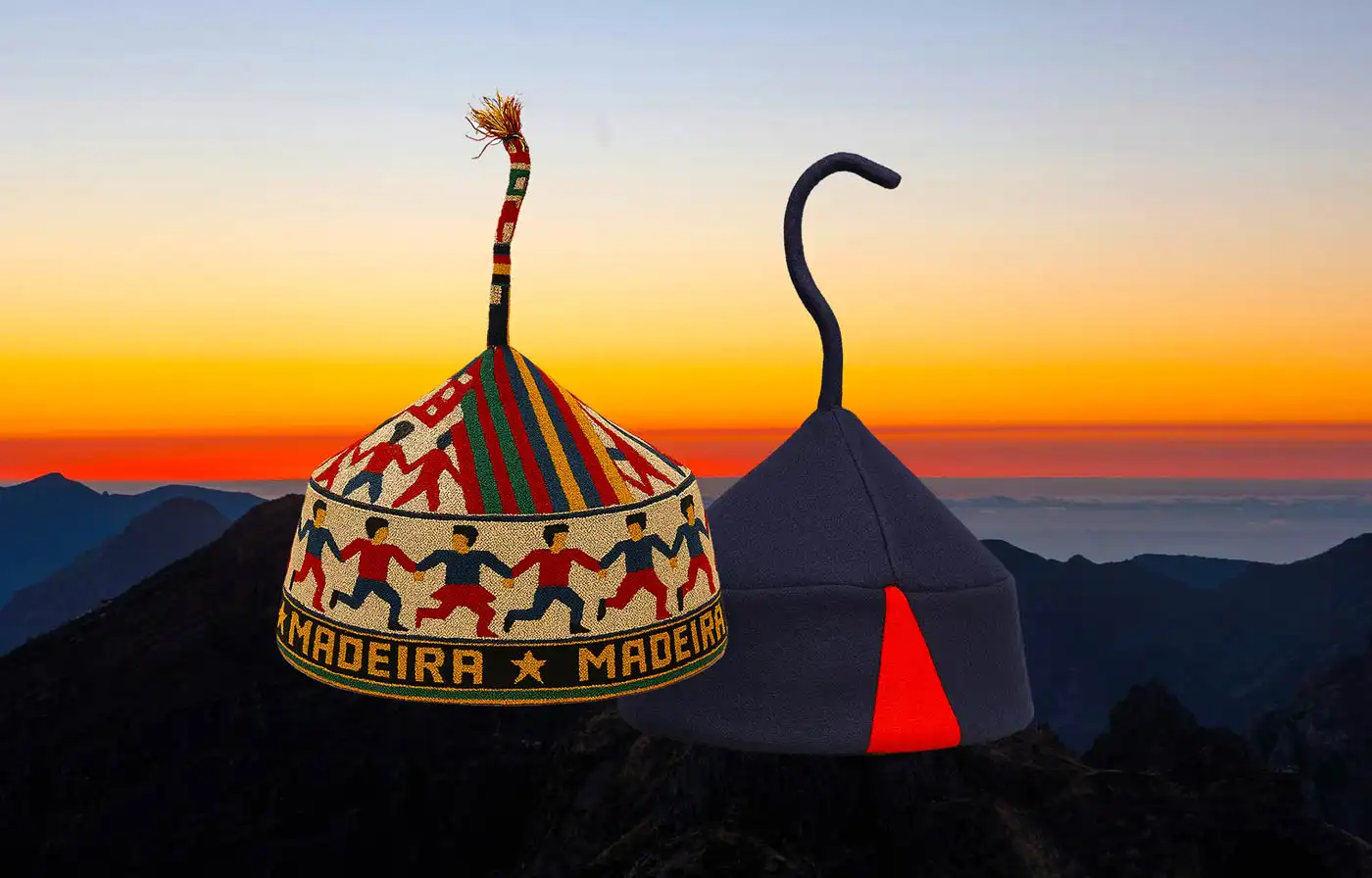



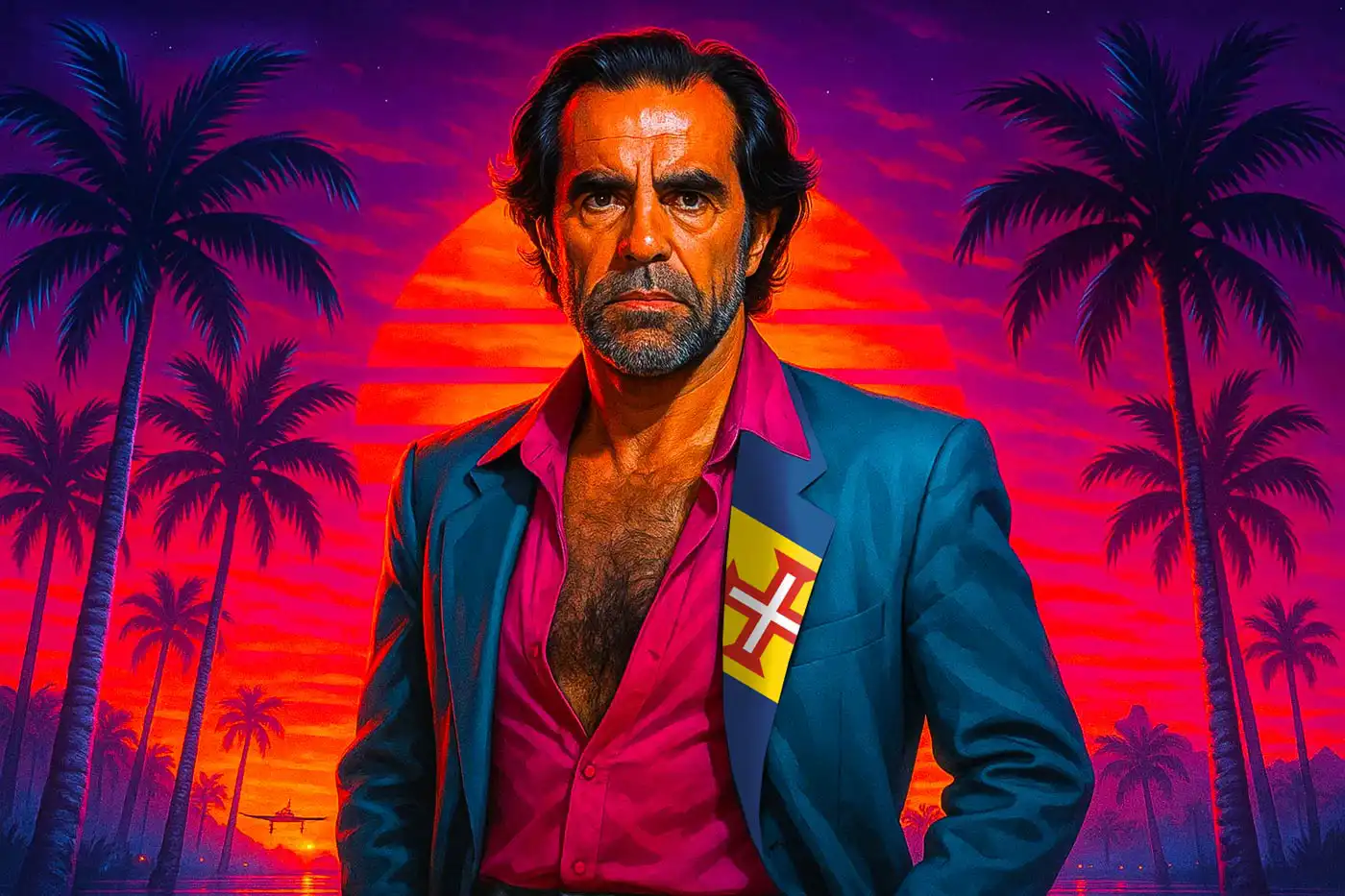
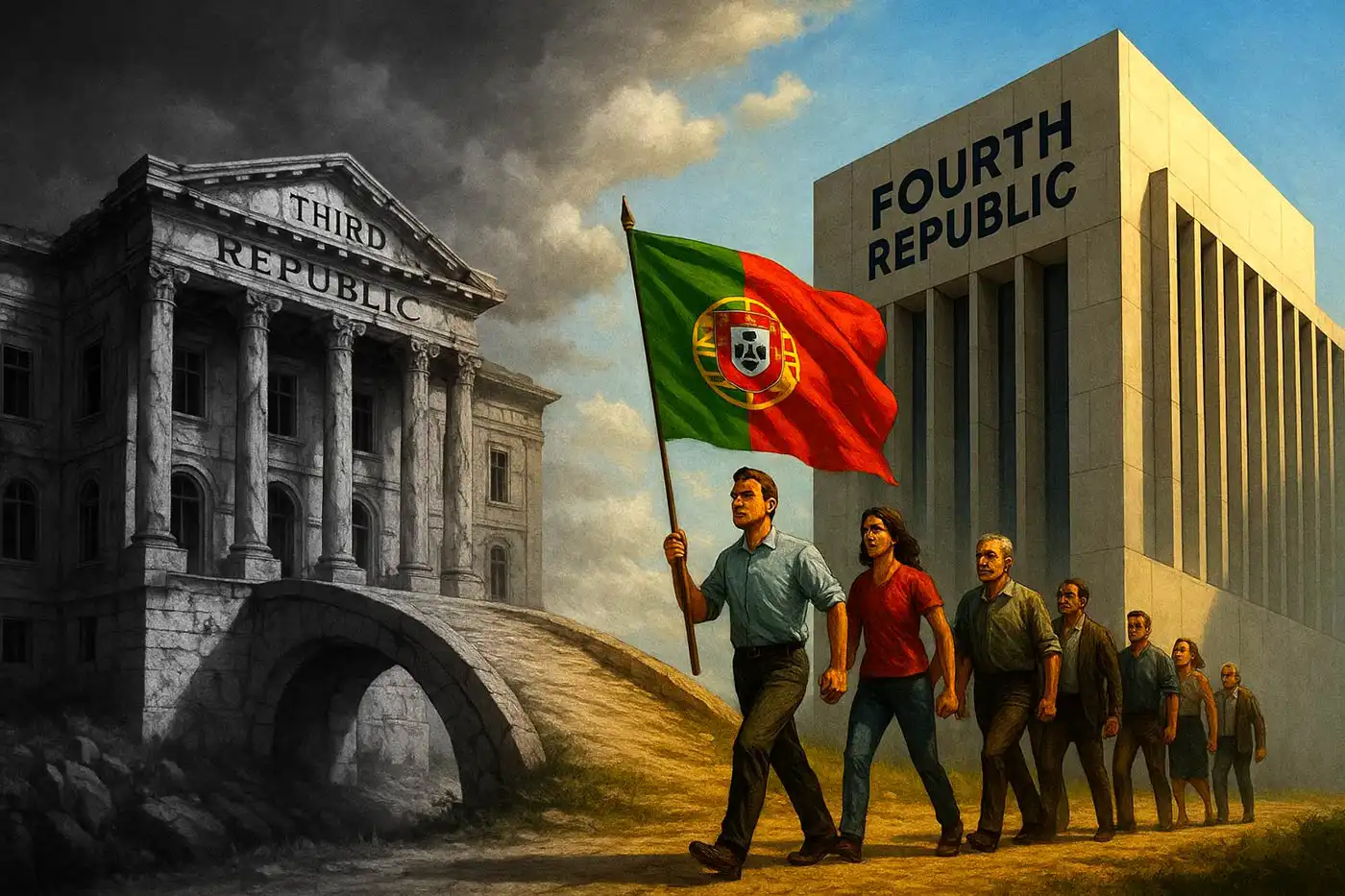
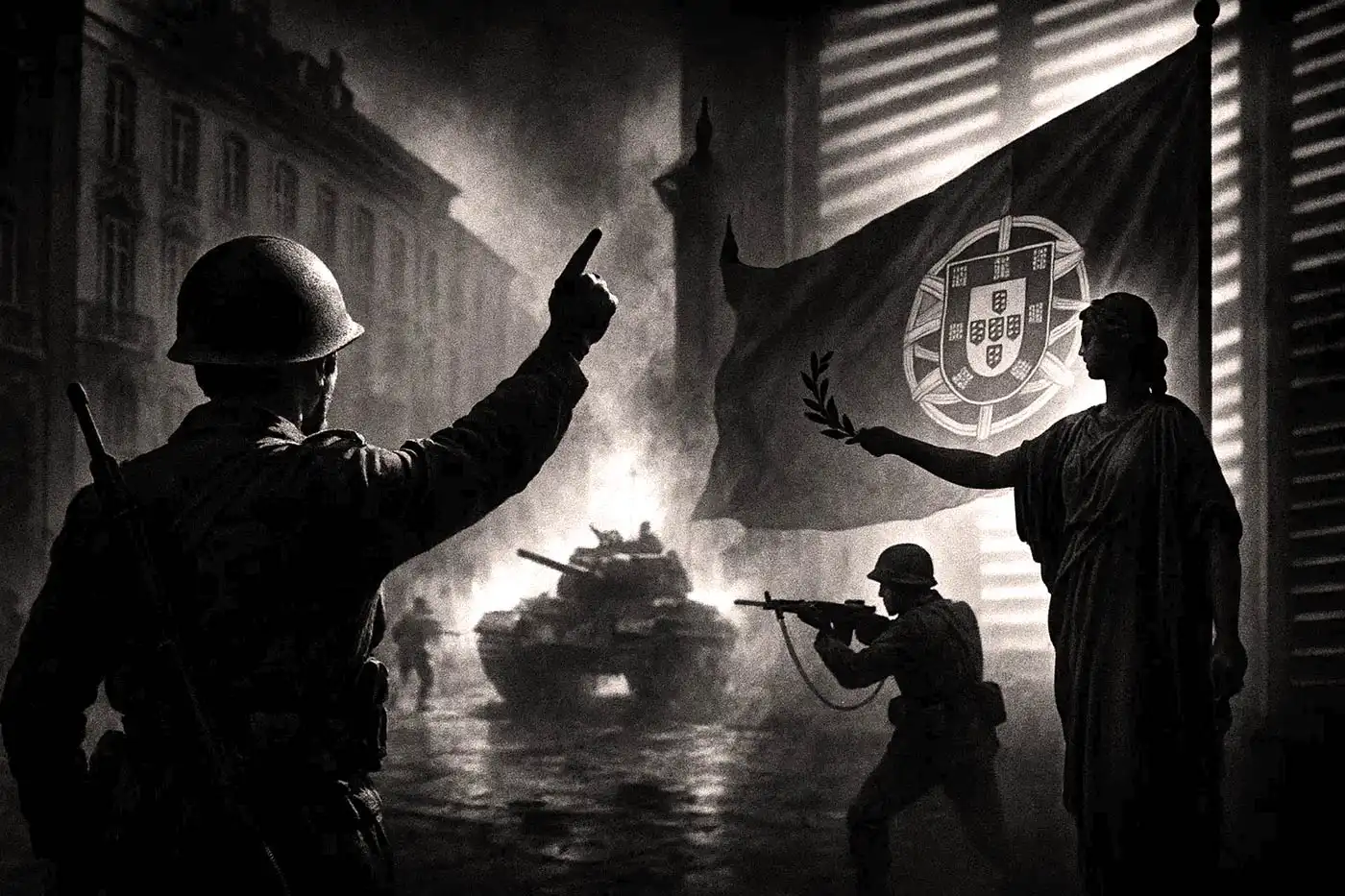
Comments